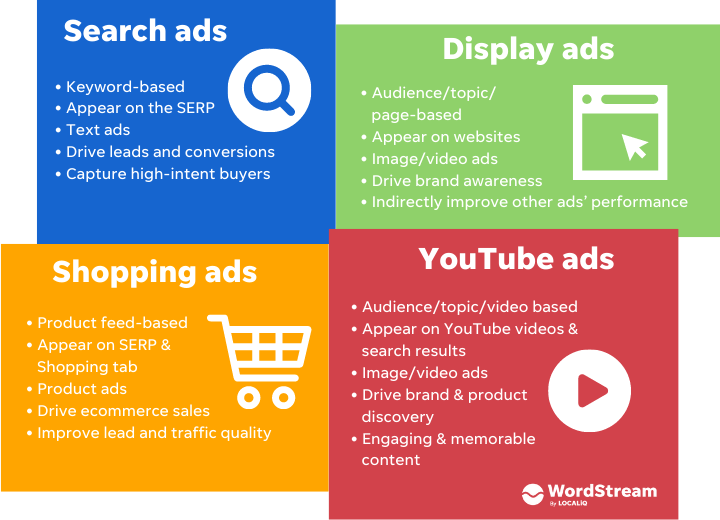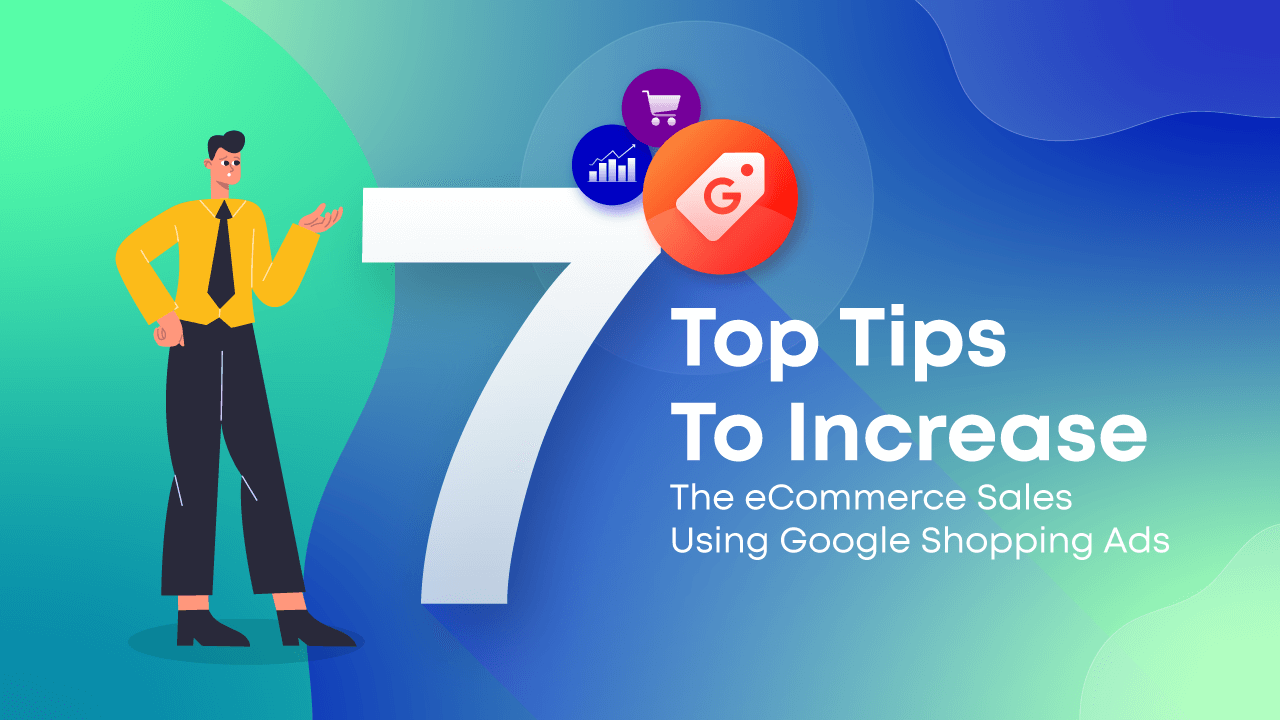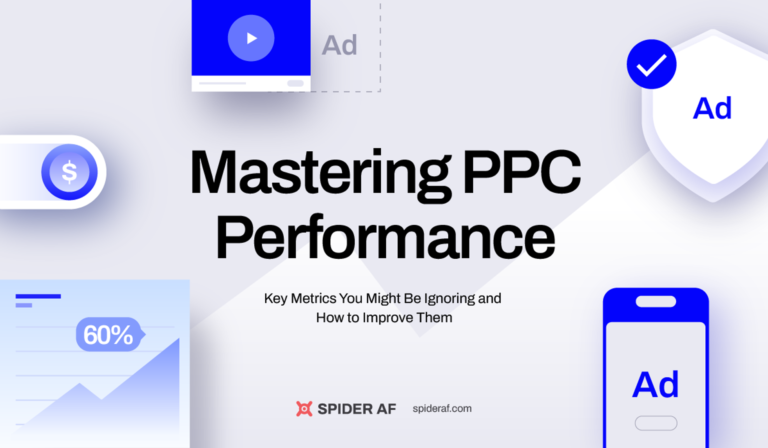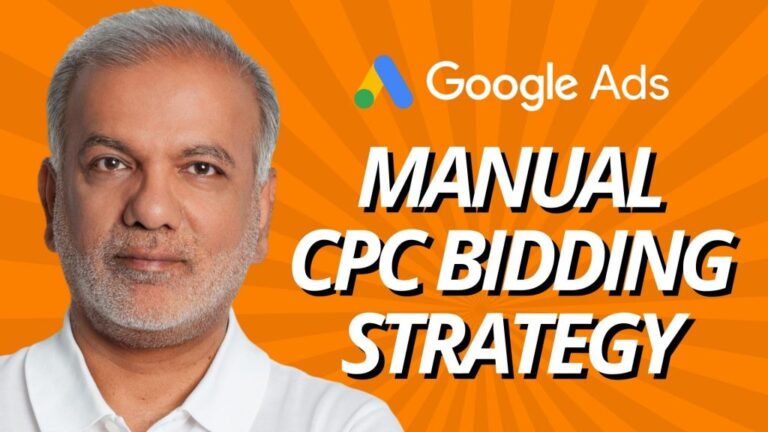Increase your Ecommerce sales with Google Ads using these top optimization tips.

Credit: www.bigcommerce.com
Optimization Tips For Google Ads
When it comes to running successful ecommerce campaigns on Google Ads, optimization is key. By consistently refining and improving your advertising strategy, you can increase your chances of driving more sales and revenue. In this blog post, we will explore some top optimization tips to help you make the most out of your Google Ads campaigns.
Keyword Research And Selection
One of the most crucial aspects of optimizing your Google Ads campaigns is keyword research and selection. By targeting the right keywords, you can ensure that your ads are reaching the right audience. Here are some tips to keep in mind:
- Start by brainstorming a list of relevant keywords that are related to your ecommerce business. Think about the products or services you offer and the terms your potential customers would likely use to search for them.
- Use keyword research tools like Google Keyword Planner or SEMrush to expand your keyword list and get insights into search volume and competition.
- Focus on long-tail keywords that are more specific and have less competition. These keywords often have higher conversion rates as they target users who are further down the sales funnel and know exactly what they are looking for.
- Consider the intent behind the keywords you choose. Are users looking for information, comparison, or ready to make a purchase? Tailor your ad copy and landing pages accordingly to meet their needs.
Targeting The Right Audience
In addition to selecting the right keywords, targeting the right audience is crucial for optimizing your Google Ads campaigns. Here are some strategies to help you reach your target market:
- Utilize Google Ads’ audience targeting options, such as demographic targeting and affinity audiences, to narrow down your audience.
- Set up remarketing campaigns to re-engage with users who have previously visited your website. This can be done by adding a remarketing tag to your website and creating tailored ads to encourage them to return and complete a purchase.
- Consider using customer match, a feature that allows you to target your existing customer list with ads on Google.
- Analyze data from Google Analytics or other third-party tools to understand your audience’s behavior, interests, and demographics. Use this information to refine your targeting and create personalized ad campaigns.
Creating Compelling Ad Copy
Once you have your targeted keywords and audience in place, the next step is to create compelling ad copy that grabs the attention of potential customers. Here are some tips to craft effective ad copy:
- Highlight the unique selling points of your products or services. What makes them stand out from the competition? Use this information to create compelling ad copy that persuades users to click.
- Include a strong call-to-action (CTA) in your ad copy. Use action words such as “buy now,” “shop,” or “learn more” to prompt users to take the desired action.
- Implement ad extensions to make your ads more informative and increase visibility. Extensions like sitelinks, callouts, and structured snippets can provide additional information and encourage users to click on your ads.
- Perform A/B testing to continuously improve your ad copy. Test different headlines, descriptions, or CTAs to see which variations perform best and optimize accordingly.
By following these optimization tips for Google Ads, you can enhance the performance of your ecommerce campaigns and increase your chances of driving more sales. Take the time to research and select the right keywords, target the right audience, and create compelling ad copy to maximize your advertising efforts on Google Ads.

Credit: www.wordstream.com
Advanced Strategies For Ecommerce Google Ads
Ecommerce Google Ads can be an incredibly effective tool for driving sales and increasing revenue. However, to truly optimize your ads and maximize their impact, advanced strategies are necessary. In this post, we will explore three key advanced strategies for Ecommerce Google Ads: Utilizing Remarketing, Setting up Conversion Tracking, and Leveraging Ad Extensions.
Utilizing Remarketing
Remarketing is a powerful technique that allows you to reconnect with users who have previously interacted with your website or have shown interest in your products. By targeting these individuals with tailored ads, you can significantly improve your conversion rates and increase sales.
There are several ways to effectively utilize remarketing in your Ecommerce Google Ads:
- Create audience segments based on specific actions or behaviors, such as abandoned shopping carts or viewed product pages.
- Develop customized ad messaging and offers to entice these potential customers to complete their purchase.
- Adjust bidding and ad placement strategies to maximize visibility and engagement with your remarketing audience.
Setting Up Conversion Tracking
Conversion tracking is essential for measuring the success of your Ecommerce Google Ads campaigns and understanding which keywords, ads, and landing pages are driving the most sales. By accurately tracking conversions, you can make data-driven decisions and optimize your campaigns for better performance.
To successfully set up conversion tracking, follow these steps:
- Install the Google Ads conversion tracking tag on your website to track key actions such as purchases, sign-ups, or form submissions.
- Configure conversion values to assign a monetary value to each conversion, enabling you to measure the ROI of your advertising efforts.
- Use Smart Bidding strategies that leverage conversion data to automatically optimize your bids and maximize your return on ad spend.
Leveraging Ad Extensions
Ad extensions provide additional information and business details within your Ecommerce Google Ads, making them more compelling and engaging for potential customers. By utilizing ad extensions effectively, you can improve the visibility and click-through rates of your ads, ultimately driving more sales.
Here are a few ad extensions to consider implementing:
| Ad Extension | Benefits |
|---|---|
| Sitelink Extensions | Direct users to specific landing pages within your website, highlighting popular products or promotions. |
| Callout Extensions | Highlight key selling points or unique features of your products to capture the attention of potential customers. |
| Structured Snippet Extensions | Showcase specific categories or product attributes to provide users with more relevant information. |
By leveraging these advanced strategies in your Ecommerce Google Ads campaigns, you can optimize your advertising efforts and drive more sales. Implement remarketing techniques, set up conversion tracking, and make use of ad extensions to maximize your return on investment and achieve your business goals.

Credit: www.socialfix.com
Frequently Asked Questions On Ecommerce Google Ads: Top Optimization Tips For Increasing Sales
How Do I Increase Sales On Google Ads?
To increase sales on Google Ads: 1. Optimize keywords to target relevant customers. 2. Create compelling ad copy that highlights unique selling points. 3. Improve landing page experience to increase conversions. 4. Use remarketing to reach potential customers who have shown interest.
5. Regularly analyze and refine your campaigns for better performance.
Which Is The Best Type Of Google Ads Campaign Will You Use To Increase Sales?
The best type of Google Ads campaign to increase sales depends on your specific goals and target audience. For generating immediate sales, a Search or Shopping campaign can be effective. If you want to build brand awareness and engage potential customers, a Display or Video campaign may be more suitable.
What Are The Top 3 Most Important Things You Would Look At First Before Optimizing Google Paid Search Campaign S?
The top 3 most important aspects to consider before optimizing a Google paid search campaign are keyword research, ad relevance, and landing page quality. These elements determine the campaign’s effectiveness and reach. Proper keyword selection ensures targeting the right audience, ad relevance increases click-through rates, and a quality landing page improves user experience, conversion rates, and cost-effectiveness.
How Do I Increase My Google Ad Optimization Score?
To increase your Google ad optimization score, follow these steps: 1. Optimize your ad campaign settings, targeting relevant keywords and demographics. 2. Create compelling ad copy that stands out and entices clicks. 3. Improve your landing page experience by making it relevant and user-friendly.
4. Continuously monitor and adjust your ads to improve performance. 5. Utilize ad extensions and relevant ad formats to maximize visibility and engagement.
Conclusion
To summarize, optimizing your Google Ads campaigns is crucial for driving sales in the competitive world of ecommerce. By following these top tips, such as conducting keyword research, creating compelling ad copies, monitoring and analyzing campaign performance, optimizing landing pages, and leveraging remarketing strategies, you can maximize your chances of increasing conversions and ultimately boosting revenue.
Remember, continuous testing, tracking, and fine-tuning are key to staying ahead of the competition and achieving long-term success in the ecommerce industry. Happy optimizing!



